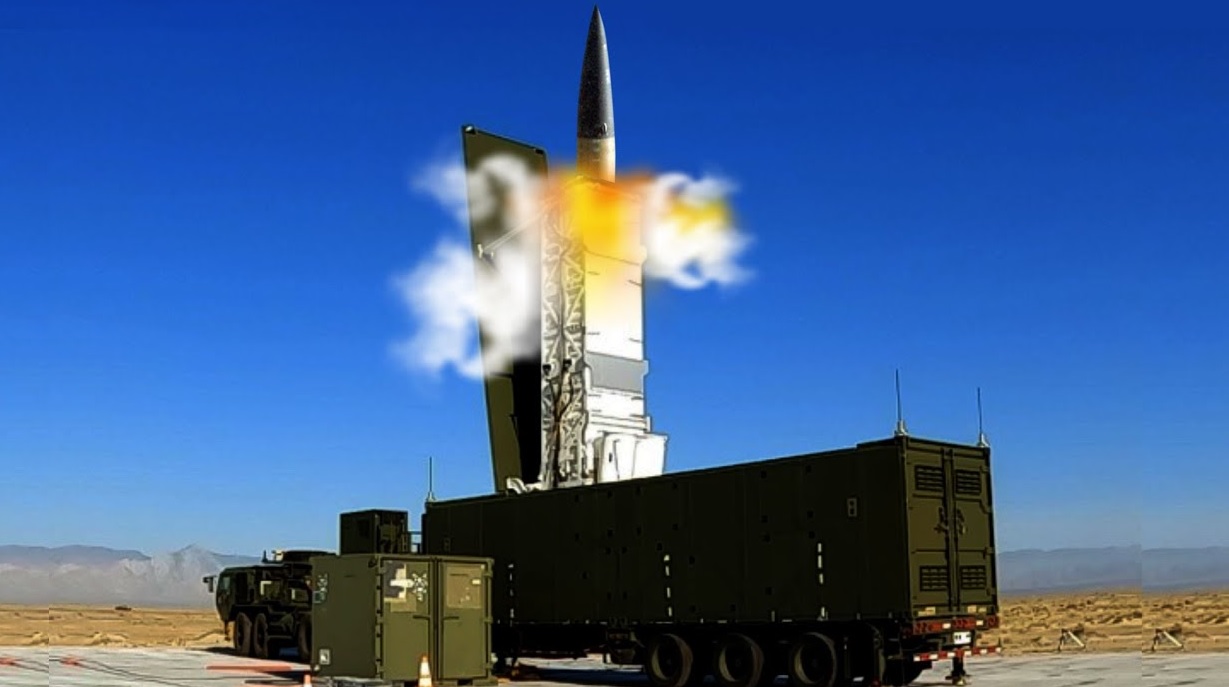The US-Philippines Military Alliance And The Typhon Missile System: A Comprehensive Overview

Table of Contents
The US-Philippines Military Alliance: A Deep Dive
The relationship between the United States and the Philippines is deeply rooted in history, forming the bedrock of a crucial military alliance in the Indo-Pacific.
Historical Context of the Alliance
The US and the Philippines share a complex history, marked by periods of colonization, independence, and ongoing security cooperation. This long-standing relationship has shaped the modern military alliance, built on mutual defense and strategic interests.
- 1898: The Treaty of Paris cedes the Philippines to the US.
- 1946: The Philippines gains independence from the US.
- 1951: The Mutual Defense Treaty is signed, establishing a framework for security cooperation.
- Numerous joint military exercises throughout the years demonstrate the commitment to mutual defense and security cooperation. These exercises enhance interoperability and readiness.
The Modern Alliance and its Strategic Importance
Today, the US-Philippines military alliance holds significant strategic importance in the volatile geopolitical landscape of the Indo-Pacific. This is particularly relevant given China's increasing influence and assertive actions in the South China Sea. The alliance serves as a counterbalance to these destabilizing forces, promoting regional security and stability.
- Joint military exercises like Balikatan demonstrate the alliance's commitment to regional security.
- Collaboration extends to intelligence sharing, counterterrorism efforts, and humanitarian assistance and disaster relief (HADR) operations.
- The strategic location of US military bases in the Philippines provides critical access points for monitoring and responding to regional threats.
The Enhanced Defense Cooperation Agreement (EDCA)
The Enhanced Defense Cooperation Agreement (EDCA), signed in 2014, significantly strengthens the US-Philippines military alliance. It allows the US military increased access to Philippine facilities for rotational deployments, improving its ability to respond to regional contingencies. The EDCA provisions are crucial for bolstering regional security and are directly relevant to the potential deployment of advanced systems like the Typhon missile system.
- EDCA designates specific sites in the Philippines for US military use, enhancing its strategic positioning.
- The agreement enhances regional stability by providing a credible deterrent against potential aggression.
- The agreement's flexibility allows for future expansion and adaptation to evolving security needs.
The Typhon Missile System: Capabilities and Deployment
The Typhon missile system represents a significant technological advancement in ballistic missile defense. Its deployment in the Philippines could dramatically alter the regional security balance.
Technical Specifications and Capabilities
The Typhon missile system is a highly advanced anti-missile system boasting exceptional interception capabilities. Precise technical details are often classified, but public information suggests it possesses a wide range, high accuracy, and multiple layers of defense.
- The system employs advanced sensors and targeting technologies for precise interception.
- Multiple missile types are likely incorporated to deal with various threats.
- The system's precise range and accuracy are key factors in its deterrent capabilities.
Strategic Implications of Typhon Deployment in the Philippines
The potential deployment of the Typhon missile system in the Philippines would have profound strategic implications. It would significantly enhance the US's defense posture in the region, projecting power and bolstering deterrence against potential adversaries.
- The system’s potential targets would include ballistic missiles launched from various points in the region.
- Increased defense capabilities could deter further aggression and destabilizing actions.
- The deployment may impact China's military strategy, forcing recalibration of its regional plans.
Potential Challenges and Limitations
Despite its potential benefits, the deployment of the Typhon missile system in the Philippines faces potential challenges. Logistical considerations, maintenance requirements, training needs, and potential political ramifications must be carefully addressed.
- Maintaining the system will require significant resources and specialized personnel.
- Training Filipino personnel to operate and maintain the system is a crucial undertaking.
- Cost considerations are substantial, both for acquisition and ongoing operational expenses.
- Potential public opinion and political sensitivities surrounding the deployment must be carefully navigated.
Conclusion: The Future of the US-Philippines Military Alliance and the Typhon Missile System
The US-Philippines Military Alliance is a cornerstone of regional security in the Indo-Pacific, and the potential integration of the Typhon missile system would significantly enhance its capabilities. This alliance, strengthened by the EDCA and advanced defense systems, plays a vital role in maintaining regional stability amidst growing geopolitical tensions. The Typhon system, with its advanced capabilities, offers a robust deterrent, but its successful integration requires careful consideration of logistical, political, and economic factors.
Stay informed about the evolving dynamics of the US-Philippines Military Alliance and its sophisticated defense systems, including the Typhon missile system, by continuing your research. The future of the region hinges on the continued strength and adaptability of this important alliance and the strategic deployment of cutting-edge defense technologies. The alliance's future success will depend on continued collaboration and a shared commitment to regional peace and security.

Featured Posts
-
 Recenzija Nova Drama Ispituje Patnju Nevinih
May 20, 2025
Recenzija Nova Drama Ispituje Patnju Nevinih
May 20, 2025 -
 Llm Siri Apples Path To Ai Dominance
May 20, 2025
Llm Siri Apples Path To Ai Dominance
May 20, 2025 -
 Amazon Spring 2025 Find The Perfect Hugo Boss Perfume At A Discount
May 20, 2025
Amazon Spring 2025 Find The Perfect Hugo Boss Perfume At A Discount
May 20, 2025 -
 Napad Na D Etsu Tadi Osu U E Shmita Zbog Nereagovanja
May 20, 2025
Napad Na D Etsu Tadi Osu U E Shmita Zbog Nereagovanja
May 20, 2025 -
 Amazon Workers Union Fights Warehouse Closure In Quebec
May 20, 2025
Amazon Workers Union Fights Warehouse Closure In Quebec
May 20, 2025
